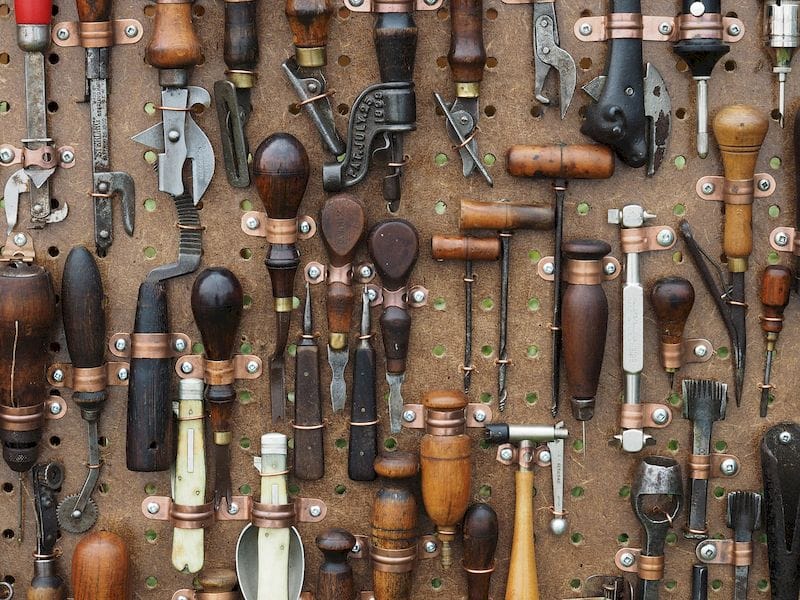
I often write on the phenomenon of 3D printing and here’s more thoughts for you.
There are still many in the general public that view “3D Printing”, sometimes called “Additive Manufacturing”, as a thing on its own. I think this concept was derived from the big consumer push in the early 2010’s, where bright execs from 3D printer companies appeared in mass media weekly to explain all the amazing things one could do with the “new” technology.
The public ate it up, and consequently drove the stock prices of said companies to the stratosphere, which I presume was the original objective. However, things crashed and the consumers went off to follow other technologies with more interest.
To some, 3D printing is “no longer a thing”.
I find this silly, because it existed well before the consumer business in the 2010’s, and has thrived in aggregate form since then, although there have been numerous corporate casualties along the way. Today there are multiple players that could well be giants of the future.
But that thinking about the technology still exists in the minds of too many people. 3D printing, as a “thing”, isn’t going away.
In the past it was feasible for use only in particular situations due to the constraints of the technology. But every year, and indeed every month, we see a new development put a dent into those constraints, pushing them just a bit farther open, and making the envelope of possible uses slightly wider.
Today there are many industries getting deep into 3D printing and making some 3D printing companies quite rich.
I think there are two outcomes for the thought process around 3D printing for the future.
One path leads to the notion of 3D printing as just another manufacturing technique. Consider CNC milling, a popular making process. We don’t say “CNC is going away”, or “CNC is booming”. It just is. It exists as a technology that can be used. It’s part of the manufacturing toolkit. It’s appropriate for use in some situations and not in others.
Just because there are situations it cannot be sensibly used does not mean it is an invalid technology. That’s how some people think about 3D printing today.
They’re wrong.
It could be that 3D printing simply joins that toolkit and is treated in much the same way as any other manufacturing technique. I think this could happen in the short term, particularly as the technology becomes more familiar to manufacturers and makers.
But there is another thought: in the distant future, 3D printing technologies might become so incredibly advanced that they REPLACE many existing manufacturing technologies.
Imagine a world where there are vast factories containing arrays of advanced 3D printers, machines capable of making highly complex objects in multiple materials, including electrical components, in short order.
These factories of the future would, in a real sense, be able to manufacture “anything”, given a valid digital 3D model. There would be little need for tooling, as the machines would simply spit out the parts – no, products – on request.
If those machines used processes that were sufficiently inexpensive, they may displace much of today’s manufacturing. And remember, I’m talking WAY out in the future here.
In that world the term “3D Printing” could mean something quite different. It could come to mean “manufacturing”, because that’s what it would be.
However, let’s gently float back to Earth and the current day. None of these futures are possible unless engineers devise better ways to 3D print, and fortunately that is precisely what happens within every 3D printer company today.
We’re on course. For something.

